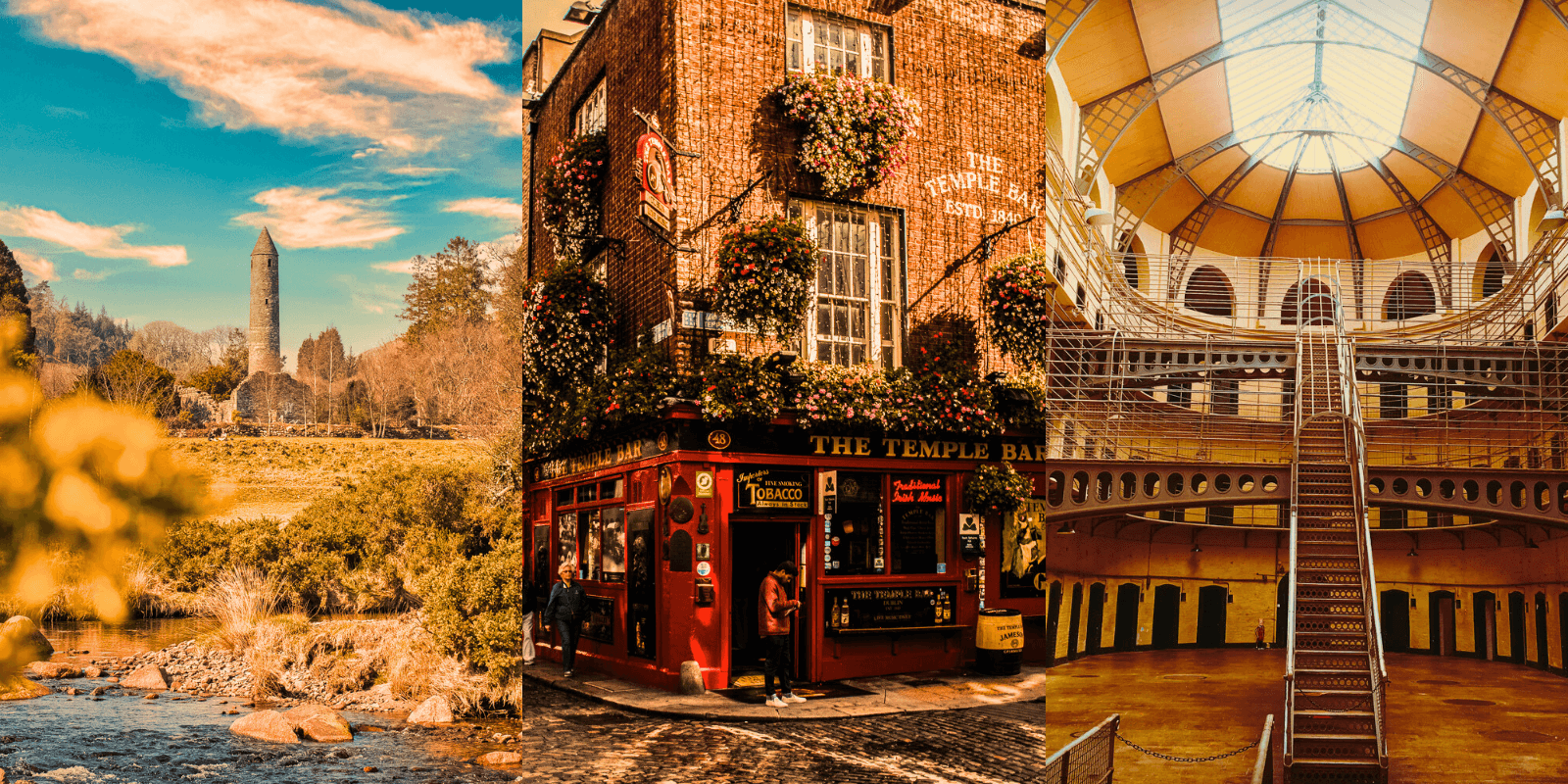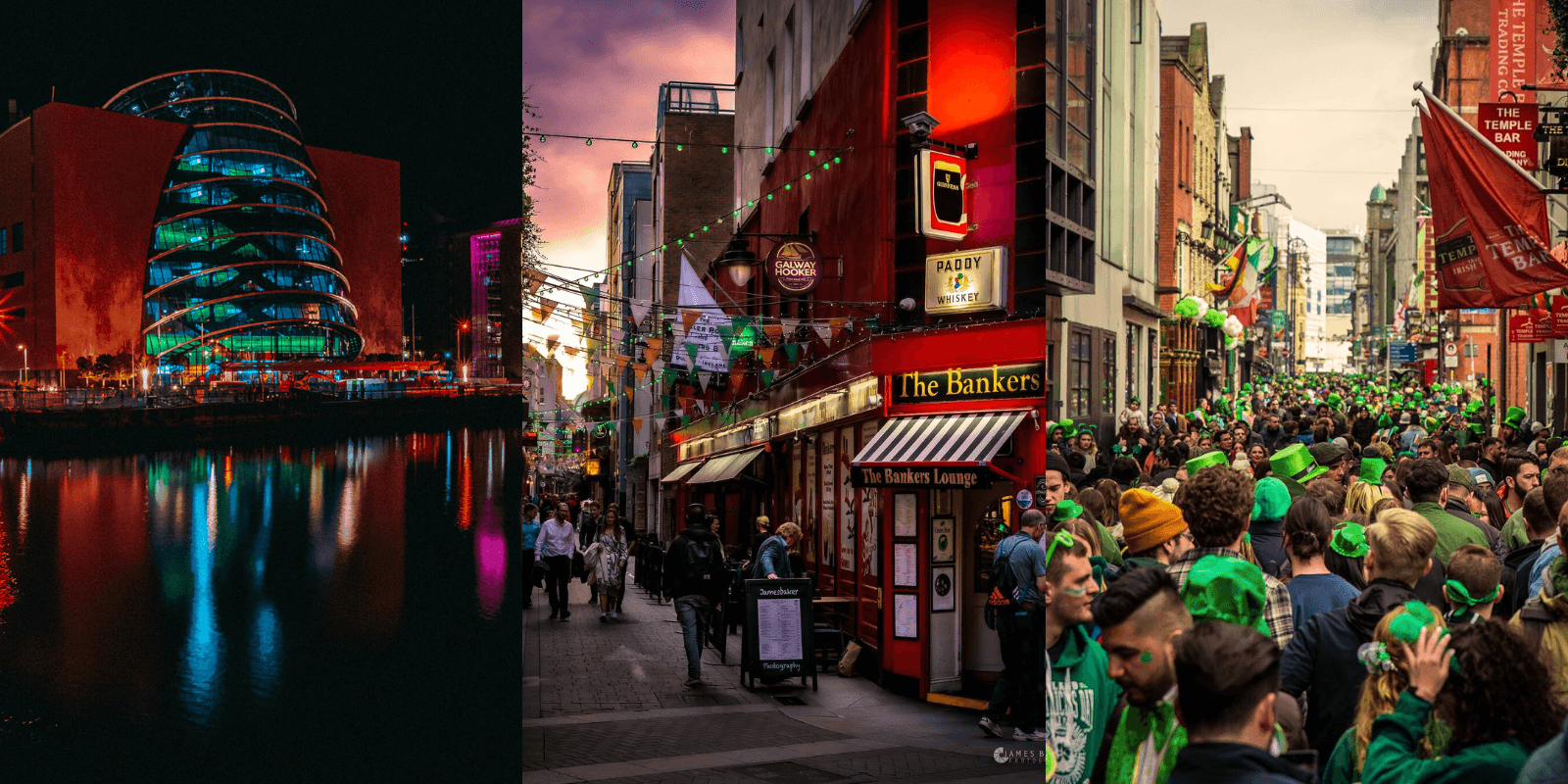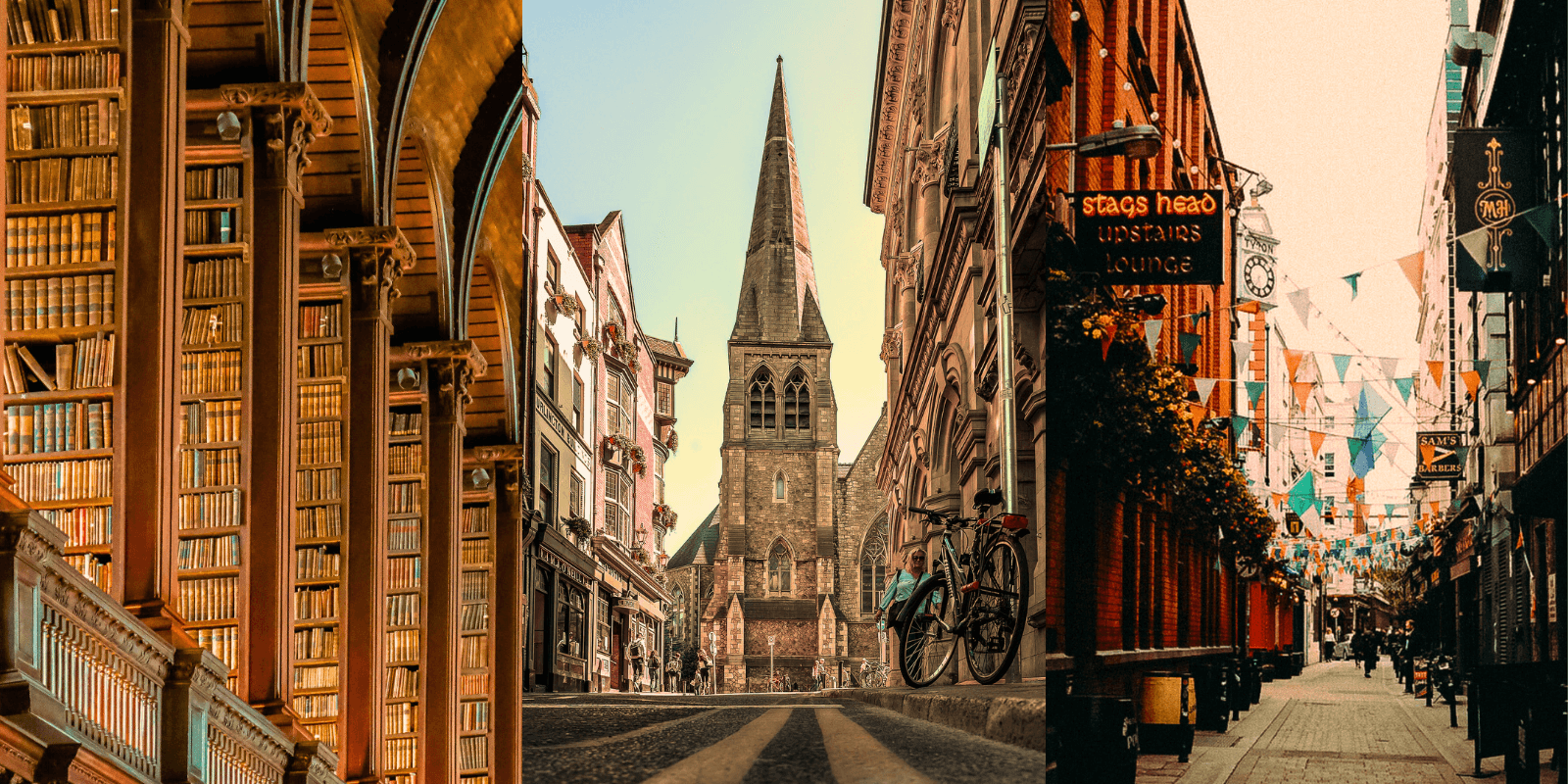Did you know St Patrick's Day is steeped in Irish myths and legends? From tales of banishing snakes to the symbolic shamrock, discover the fascinating stories that make this day a global celebration of Irish culture.
As we get closer to the biggest holiday in Ireland, St Patrick’s Day, we thought it would be nice to share some myths and histories about the country’s patron saint. Have you ever wondered why he impacted the emerald island so much and how the celebrations for his day became a tradition in other parts of the world? Many are the tales about his birthplace, his work as a Christian missionary in Ireland, and other interesting parts of his life. So here are some of the most popular stories about St Patrick’s and how it really happened:
Was St. Patrick Irish?
Despite what most people believe, St Patrick was not Irish. It is not clear the exact location of his birth, but history tells that he was born somewhere in Scotland, England, or Wales in 385 A.C. At 16, he was captured by Irish pirates and incarcerated in Ireland for six years. When he finally got his freedom back, St Patrick escaped to France and lived in a monastery, where he learned religious instructions.
After becoming a bishop for the Christian faith, St Patrick decided to go back to Ireland to preach Christianity throughout the country. He was one of the first evangelizes to arrive in the isle and worked hard to bring Irish and Celts into the Christian church.
Did St. Patrick really drive snakes out of Ireland?
According to the myth, St Patrick is responsible for banning the snakes from Ireland for good, after giving a speech that drove the reptiles to the sea. But is it really true? No sakes can be found in the country’s territory, that’s a reality, but that has been the case even before St Patrick’s arrival. As an Island, Ireland has never had snakes because it is too hard for them to reach it.
The reason why St Patrick has been associated with the absence of serpents in Ireland is only a metaphor for his work on eradicating the pagan ideology of the country.
St. Patrick and the Shamrocks
Shamrocks are highly associated with St Patrick’s history, and to this day are used as one of the national symbols for Ireland, but do you know the reason for that? According to the tale, he used the clover as a way to explain the holy trinity when teaching Christianity to new Christians. The gesture became so admired that many other missionaries started to use it over the years until it became totally associated with Irish culture.
The legend of the walking stick
According to another popular story, ST. Patrick decided to go to a small village to preach Christianity and evangelize its habitants, while doing so he left his walking stick on the ground placed close to the town’s entrance. History tells that the work took so long that by the time he went to get his stick back, it had become a full-grown tree.
Was green always associated with St Patrick's?
The common belief is that Green has been always associated with St Patrick because of his tradition of using Shamrocks, as we mentioned before. However, this is not true, in fact, the color only started to be used for his celebrations around the 17th century. Around this time, supporters of Irish independence began to use green to represent their cause and made it one of the symbols of the country’s patron saint.
Why is St. Patrick’s Day celebrated on March 17th?
It’s a tradition in the catholic religion that the day of the saint is celebrated on the same date of his passing. So in St Patrick’s case, the 17th of March was when the patron saint of Ireland ascended into heaven. What started as a small celebration is now the biggest holiday in Ireland and the only day of the year that we all dress in green and orange to celebrate on the streets.
Have you heard any other stories and myths about St Patrick's? If you are planning to visit Ireland in March, get ready to celebrate like an Irish on the biggest holiday of the year. We are waiting for you :)
☘️ Book Your Stay With Discount! ☘️










